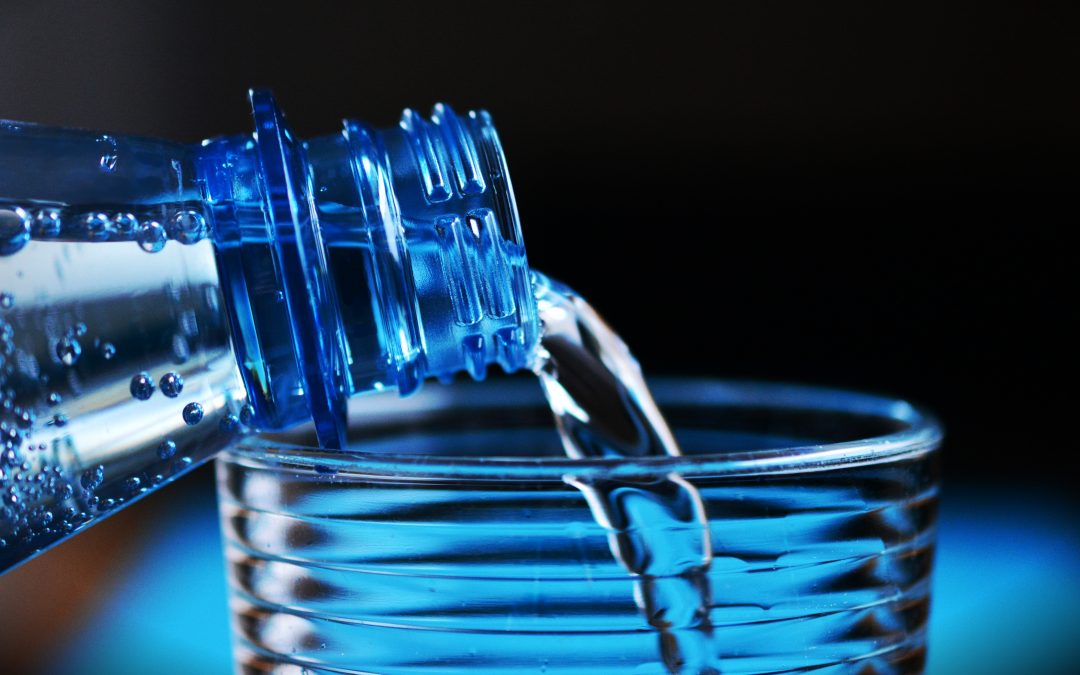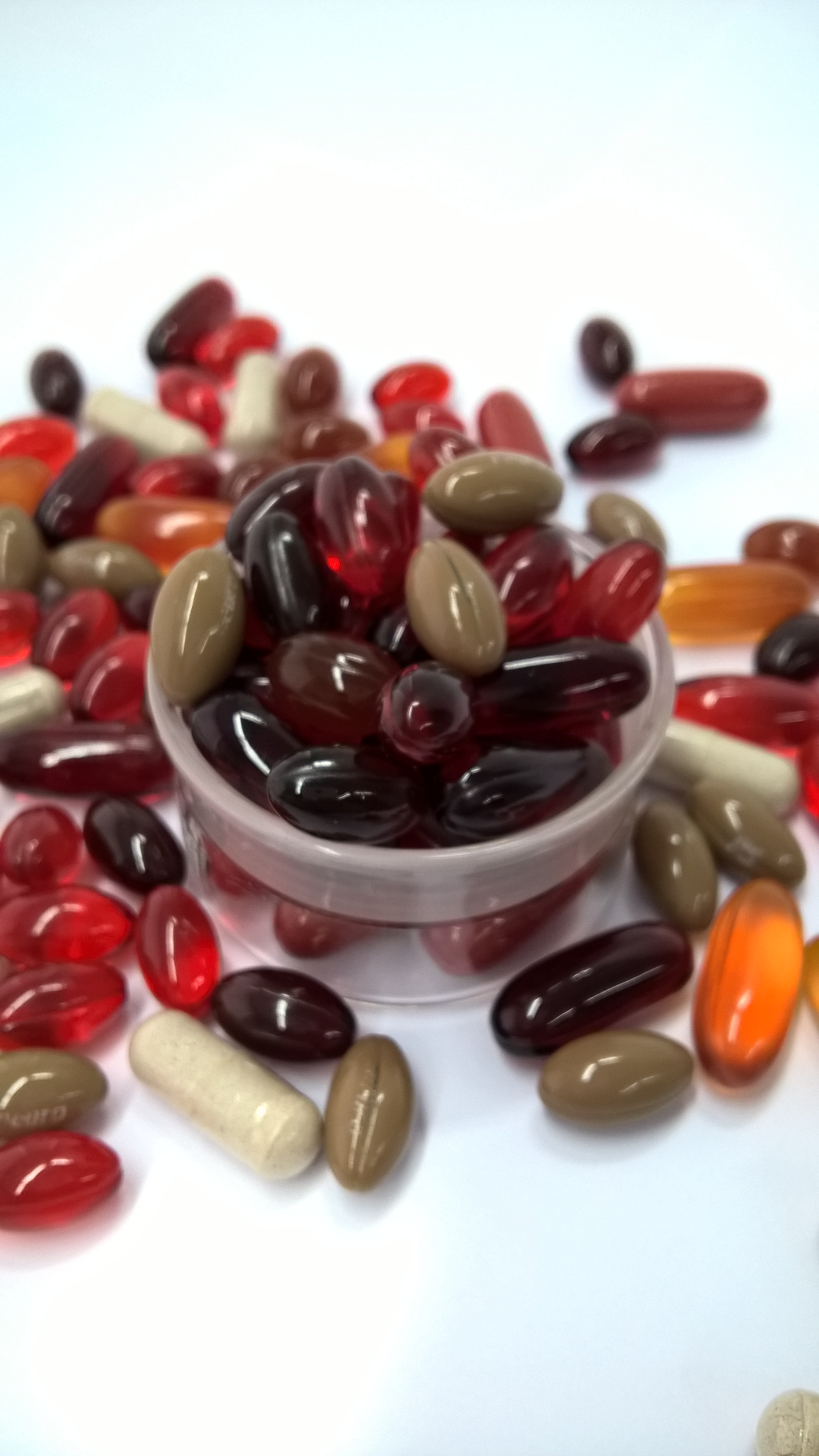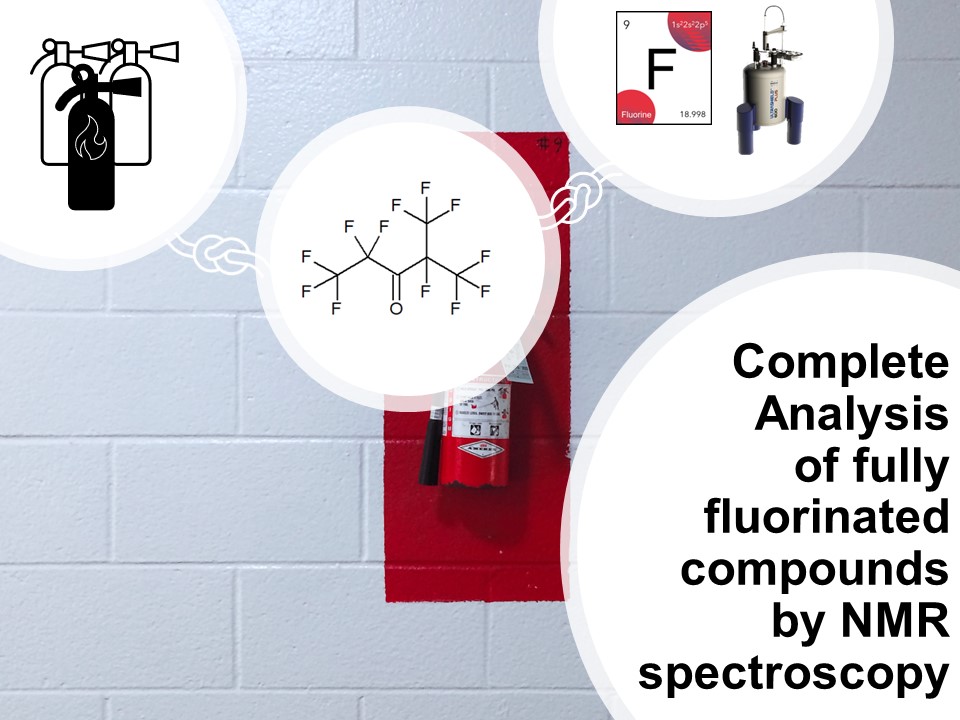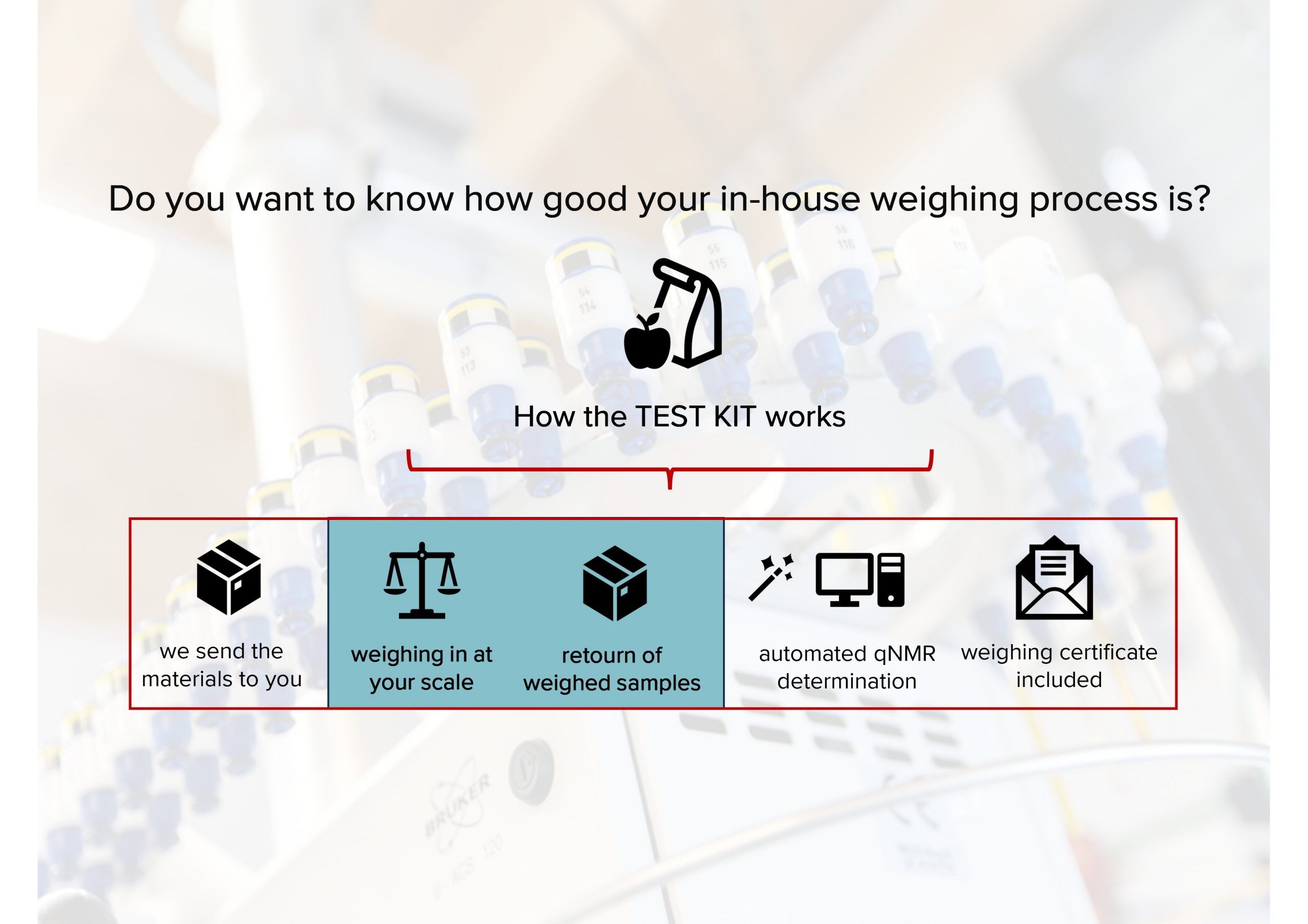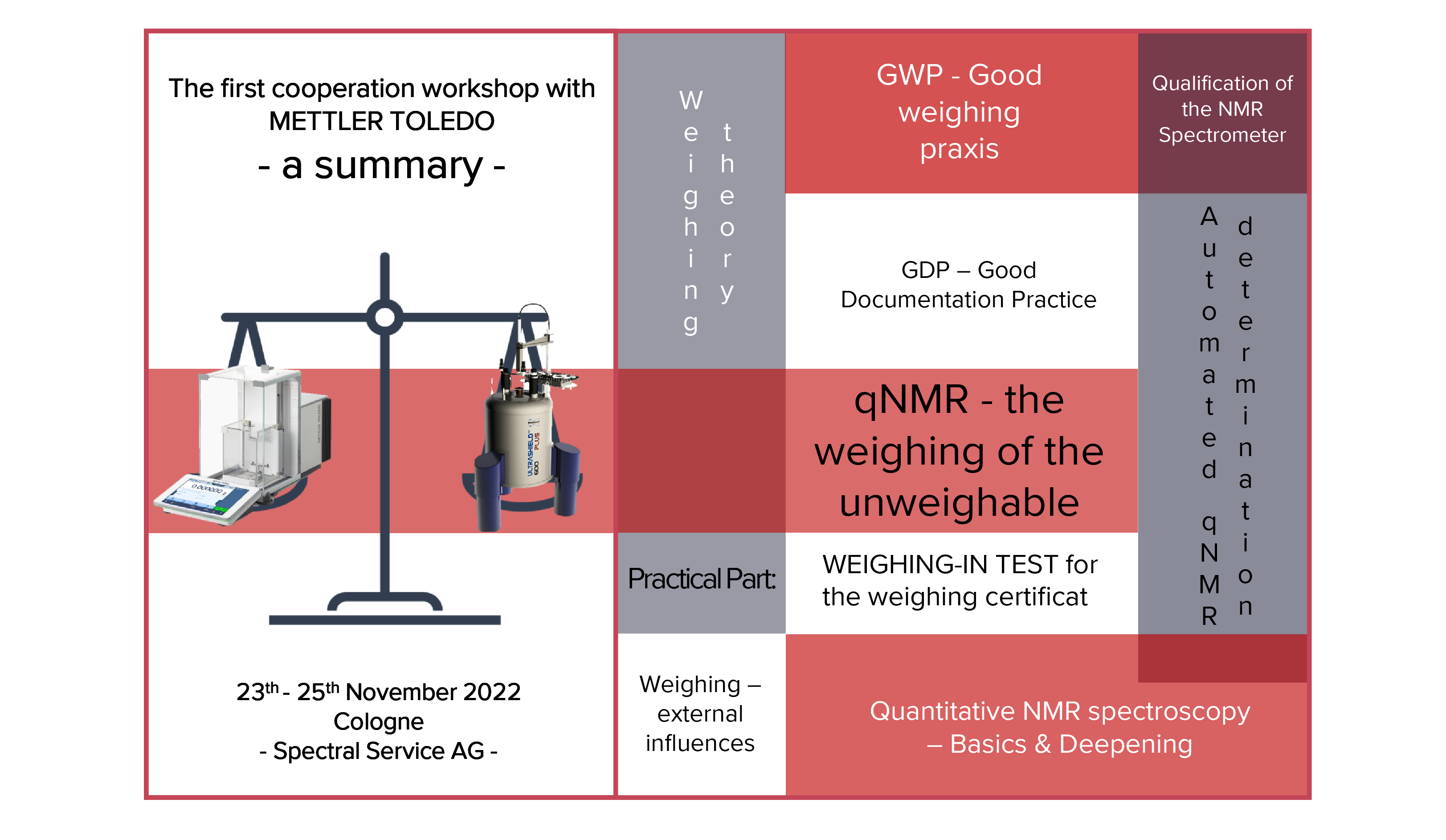What is silicone?
The question of what silicone is and how do determine it qualitatively and quantitatively was answered in one of our previous blog posts with the title Qualitative and Quantitative Analysis of Silicone.
The use of silicones is very prevalent in several fields. As discussed in the blog post Qualitative and Quantitative Analysis of Silicone, the chemical structure of the polymer has a large influence on the properties of the silicone. That enables silicones to fit to almost any specific use and makes them a multifunctional polymer. But even if silicone is a versatile molecule, there are also times where you must ensure the absence of silicones. Fortunately, we are able to measure silicone by means of 1H NMR spectroscopy within the low ppm ranges!
Contamination of products by silicone migrating from primary packaging material
For example, the presence of silicone in primary packaging material or laboratory equipment can be a problem for pharmaceutical products. In the 1980s, an aggregation of insulin was already connected to a low content of silicones leached-out of the packaging material. The source of silicone contaminations can be numerous. The inside of a ready-to-fill syringe, for instance, is often siliconized to achieve an optimum movement of the plunger. A further common source apart from the glass itself is the sealing material of various glass containers or disposable syringes and its cannula. As you can imagine now, a contamination with traces of silicone is nowadays almost hard to avoid. Of course, we are also aware of this topic in our own laboratory. A lot of our lab equipment is siliconized, too. Therefore, we tested material from many different suppliers until we found alternatives which are absolutely silicone free. With these materials we are able to analyze silicones in diverse products as well as in extracts of almost any material used for production or storage of those products.
